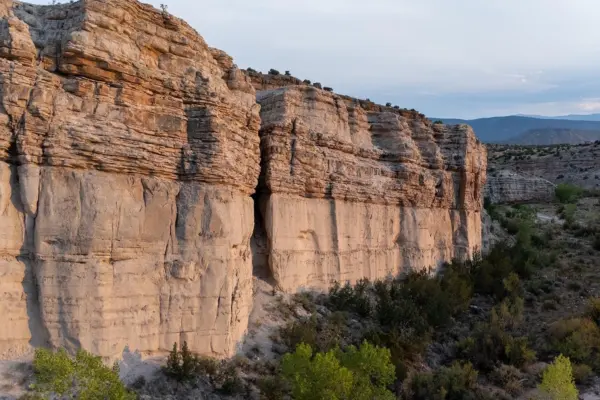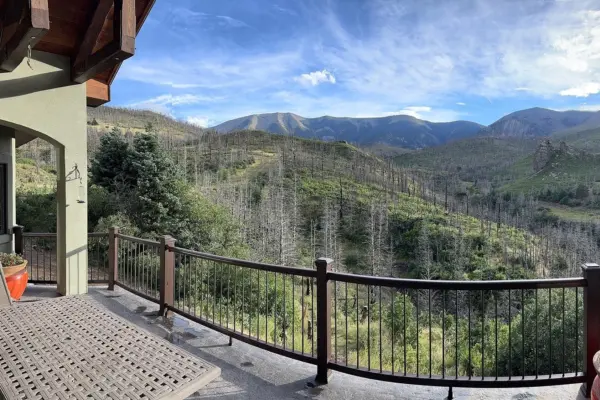Resource realization: 1900’s – present
The westward expansion of the United States took a heavy toll on wildlife, natural resources, American Indians, and their culture. The exponential increase of settlers into foreign lands that had been, for the most part, unsettled for several hundred years depleted resources enough to make it noticeable. Naturalists and conservationists such as Aldo Leopold, George Ord, and Theodore Roosevelt seemed to be at the forefront of the fight to preserve these resources for future generations.
An unorthodox precious commodity
With natural resources being “inexhaustible” throughout the 1800’s, by the turn of the 20th century, scientists and conservationists were beginning to show dire concern about species of wildlife that may be forced to extinction by the hands of mankind. Some of the most recognizable of the species, such as the bison, bears, and the mighty beaver, seemed to show on the radar the most often. However, a certain group of wildlife may have been hit the hardest without a second thought,… the forests and trees.
The sudden explosion of settlements in the West during the 1800s and into the early 1900s sparked a catastrophic frenzy of the need for timber. Houses and buildings were being erected without question. Timber mills were being established next to large waterways for the ease of timber extraction. Wood was being used in almost every household, cabin, saloon, and miners camp for the main source of heat. Timber was almost as precious a commodity as gold and silver.
The War of 1910… not your traditional kind of war.
With timber and wood products being in such high demand, the summer of 1910 brought upon a terror that no one could have expected. The Big Burn, or the Devil’s Broom Fire, was a wildfire that swept throughout the Northern Rockies, spanning three U.S. states (including Canada), and burning more than 3 million acres of wilderness in as little as two days. The perfect storm of temperature highs, hurricane force winds, and drought conditions brewed on August 20th and 21st in 1910, which caused what is still believed to be the largest wildfire in U.S. history. The Big Burn fire started its chaos on the far eastern edge of Washington and engulfed almost all of the northern Idaho panhandle, reaching well into western Montana and even stretching across the border into southern British Columbia.
The Big Burn raged so intensely and so quickly that entire towns were engulfed by the flames. The towns of Kellogg and Wallace, Idaho, were partially burned, whereas Grand Forks, Idaho was declared a total loss. An estimated 87 people lost their lives in the Big Burn incident, most of the victims being firefighters. President Taft ordered a state of emergency and 4,000 military troops were sent to aid in the catastrophe, including the famous Buffalo Soldiers. It was reported that the smoke from the Big Burn made its way as far east as Waterton, New York, and as far south as Denver, Colorado.
Those two perilous days of hellfire brought the idea that wildfires were one thing that the Forest Service cannot take lightly. With the fire suppression program only 5 years old at the time of the Big Burn, wildland firefighting tactics and techniques were still in their infancy. The Big Burn was the initial incident that sparked the realization that wildfire is yet just one more thing that could cripple the American West’s economy and infrastructure.
The dynamic journey of the continued expansion of the American West, from the near extinction of the bison to the industrial advancements and conservation efforts of the 20th century, has caused the region to continuously reinvent itself, often at great costs. The turn of the 21st century continues to test the western united states as battles for natural resources are waged in the name of conservation and agriculture. As the ever-growing human presence keeps shaping the lands of the West, the future may begin to see more contests with resources, one another, and even Mother Nature herself.
Stay with us for our final part 3 where we look at the turn of the 21st centuries most recent events and what kind of impact the last 200 years may have on the future of the American West.
















